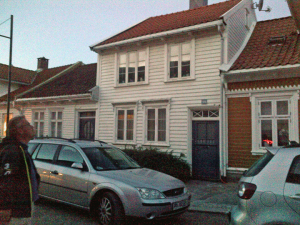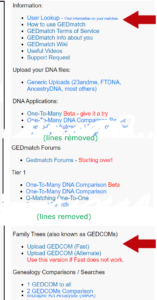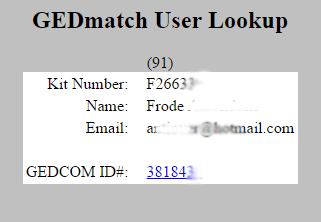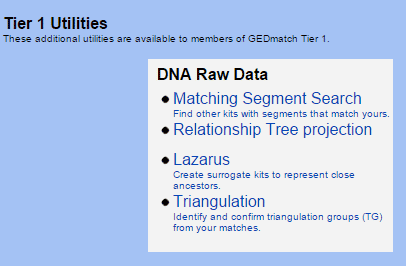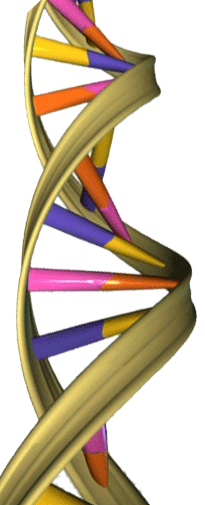Today I sent the following email to a newly found DNA cousin match at ancestry whose great-grandmother lived right next door to my family in Kristiansand, Norway in the late 1800s. She moved to the U.S.A just a year after they did (1884 and 1885) and lived a block away from where my grandad eventually lived on Ovington Ave in Brooklyn, N.Y.
OK now I REALLY want to see where our DNA matches, because I have a large database (spreadsheets) of where my Dad, my brother and I match various known Norwegian relatives so it is likely that I can figure out from the matching DNA segment(s) where we are related and if it is really the 7th cousin match shown at Ancestry.com on the Eigeland line.
Pretty please either upload to GEDmatch or Family Tree DNA or both.
First you will need to get the raw data from Ancestry.com – here is how:
UPDATE 15-Aug-2018: Roberta Estes has published a step by step on how to do this: https://dna-explained.com/2018/08/15/ancestry-step-by-step-guide-how-to-upload-download-dna-files/ Continue reading
